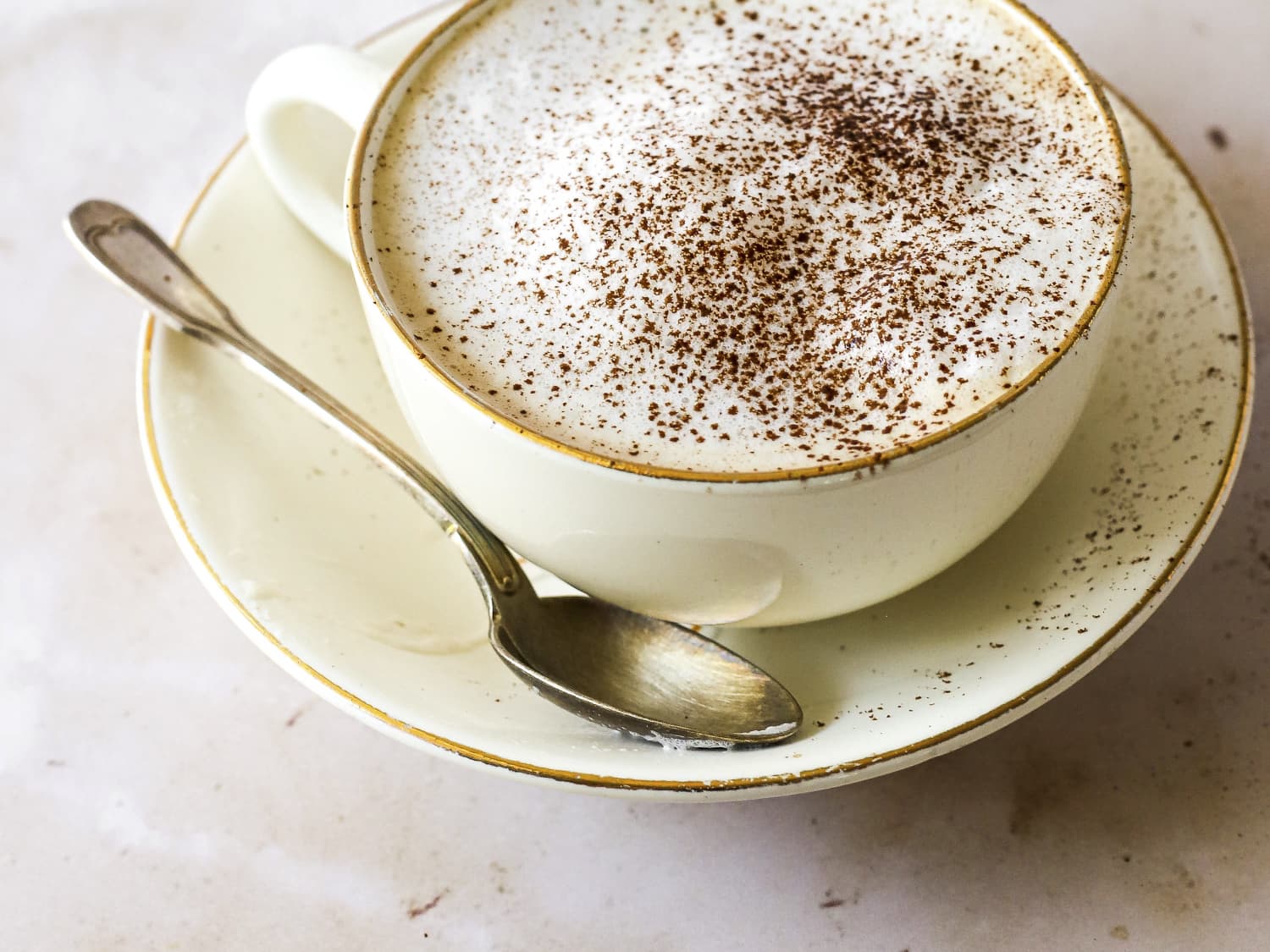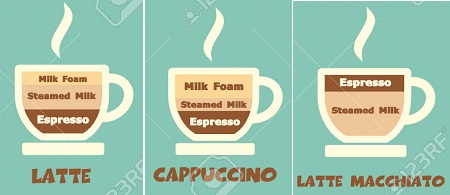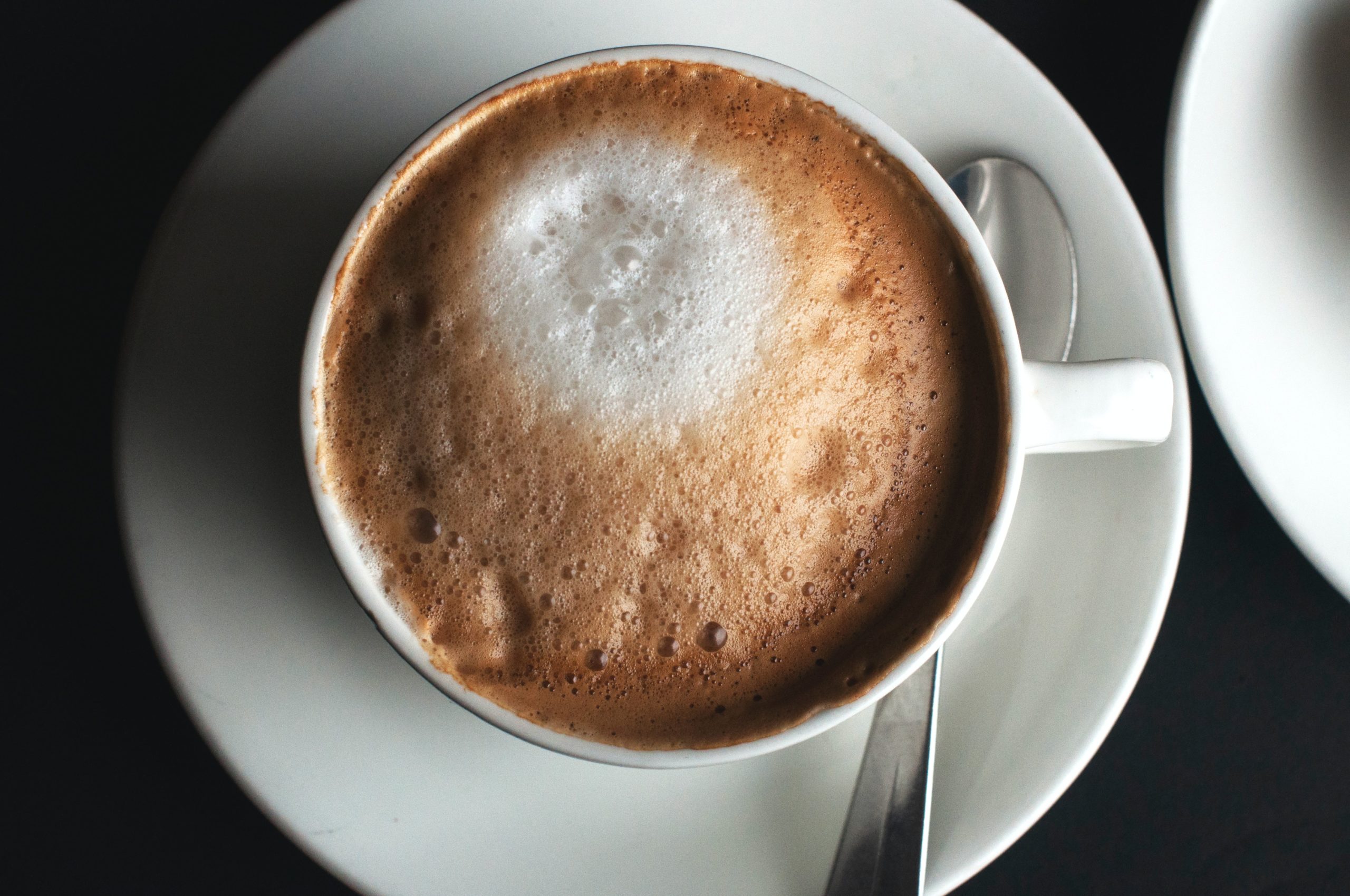When it comes to cappuccinos versus lattes, one key difference coffee lovers notice is sweetness. Lattes tend to taste sweeter due to their higher steamed milk content, while cappuccinos offer a bolder, more intense coffee flavor. But why does the extra milk make lattes sweeter than cappuccinos? This comprehensive guide will uncover the nuances between these two espresso-based café favorites. We’ll explore their origins, optimal preparation techniques, ingredient ratios, flavor profiles, and modern variations. After arming yourself with knowledge of how each drink is crafted, you’ll be able to determine your preferences and answer the debate – is a latte sweeter than a cappuccino?
Their ingredients, sweetness comparison, and preparation methods. The paragraph flows logically to introduce the scope of the guide while engaging readers interested in the latte vs cappuccino sweetness question. Descriptive language is used to build topic authority.
Understanding Espresso – The Critical Starting Point
Before comparing cappuccinos and lattes, it helps to appreciate what makes espresso so special. Espresso refers to a specialized coffee brewing method invented in Italy in the early 1900s. It produces an intensely flavored coffee by forcing hot water through very finely ground coffee beans at high pressure.
This extraction method yields a concentrated espresso topped with a signature light brown crema foam. The emulsified oils in the crema contribute to the rich texture and taste. Expertly pulled espresso should feature a bright, caramel-hued crema about 1⁄4 inch thick.

The espresso itself will have a dark brown color and a thick, syrupy body. The complex flavor delivers a strong punch with slight bitterness balanced by sweetness. This intensity allows espresso to shine through milk-based drinks.
With quality espresso as the foundation, cappuccinos, and lattes can transform the drinking experience through added steamed milk and foam.
Crafting the Perfect Cappuccino
A Brief History
Like many revered Italian coffee drinks, the origins of the cappuccino lie in Italy. Its name comes from the distinctive hoods and coloration of Capuchin monk robes, which inspired its distinctive layered look.
The Italian term “cappuccino” first referred just to the physical appearance of the monks’ attire. Over time, it became associated with a coffee beverage featuring dark espresso capped with light, foamy milk reminiscent of the monks’ robes.
Ingredients and Preparation
A classic cappuccino contains equal parts espresso, steamed milk, and milk foam artfully combined to retain a distinctive layered appearance.
Follow these steps for an authentic cappuccino:
- Prepare freshly pulled espresso shots as the base.
- Steam cold milk to 150-155°F using the steam wand on your espresso machine. Froth to increase volume by 30-40%.
- Swirl the pitcher to evenly blend steamed milk and foam.
- Spoon foamed milk over espresso shots to create layers.
- Dust with cocoa powder or cinnamon using a fine mesh strainer.
- Serve immediately before the layers blend.
Traditionally, the 1:1:1 ratio is maintained. Steaming introduces microscopic air bubbles to give the foam a light, mousse-like texture.
Flavor Profile
With equal portions of espresso, rich steamed milk, and frothy foam, cappuccinos offer a bold coffee experience. The intensity of the espresso comes through, with the milk softening bitterness. The harmony of the ingredients creates an indulgent, quintessentially Italian coffee.
Nutrition Facts and Benefits
An 8-ounce cappuccino made with 2% milk contains approximately:
- 110 calories
- 6g fat
- 9g carbs
- 1.5g sugar
- 8g protein
The milk provides protein, calcium, vitamin D, and potassium. For a lighter cappuccino, request nonfat or low-fat milk. Enjoy in moderation as part of a healthy, balanced diet.
Mastering the Cafe-Style Latte
A Brief History
Like cappuccinos, lattes also originated from Italy, where “latte” simply means milk. The espresso and steamed milk mixture we now know as a latte gained popularity through Italian coffee bars before spreading abroad.
Ingredients and Preparation
Lattes contain espresso, steamed milk, and a thin layer of microfoam on top. Unlike cappuccinos, the foam is delicate rather than dense. The standard latte ratio is:
- 1/3 Espresso
- 1/3 Steamed milk
- 1/3 Microfoam
Follow these tips for making quality lattes at home:
- Pull 1-2 shots of fresh espresso.
- Steam milk to 155-160°F to achieve ideal volume and silky texture.
- Swirl the pitcher to evenly combine steamed milk and microfoam.
- Hold back the foam layer as you pour milk into the espresso cup.
- Pour a thin layer of microfoam over the top.
- Etch beautiful latte art like rosettas through the foam.
- Serve immediately and enjoy!
The higher proportion of steamed milk makes lattes milder than cappuccinos. You can still taste the espresso, but it is smoothed out by the milk.
Flavor Profile
A properly prepared latte will taste sweet and approachable. The texture should feel like velvet. You can detect the espresso and steamed milk as separate elements while enjoying how they mingle.
Nutrition Facts and Benefits
Here are the nutritional components in a 12 oz latte made with 2% milk:
- 75 mg caffeine (single shot)
- 120 calories
- 8 g fat
- 13 g carbs
- 10 g protein
The milk provides protein, calcium, potassium, and vitamin D. Request nonfat milk and minimal syrups to reduce calories. Moderation is key to enjoying lattes guilt-free.
Popular Flavor Variations
Beyond traditional lattes, flavorful additions create indulgent taste experiences:
- Pumpkin Spice – Warm fall flavors
- Caramel – Buttery sweetness
- Peppermint Mocha – Chocolate and mint
- Vanilla – Rich and creamy
- Matcha – Earthy green tea
Non-coffee specialty lattes like chai tea and matcha are also popular menu items.
Comparing Cappuccinos and Lattes side by side
Now that we’ve covered preparation methods, let’s directly compare some key differences between cappuccinos and lattes:
Ingredients:
- Cappuccino – Equal parts espresso, steamed milk, and thick milk foam
- Latte – More steamed milk, less foam. Usually 1/3 espresso, 1/3 milk, 1/3 microfoam.
Flavor Intensity:
- Cappuccino – Strong, bold flavor from a higher proportion of espresso
- Latte – Milk tames espresso for a milder drink
Foam and Texture:
- Cappuccino – Dense, mousse-like milk foam layer
- Latte – Thin microfoam gives a silky texture
Bitterness:
- Cappuccino – Slightly more bitter due to higher espresso ratio
- Latte – Milk smooths out the bitterness of espresso
Appearance:
- Cappuccino – Distinct layers of espresso, milk, and foam
- Latte – Espresso and milk swirl together under microfoam
Your taste preferences will guide you toward your ideal choice. Love robust coffee? Cappuccinos highlight espresso flavors. Seeking a sweeter, milder experience? Lattes fit the bill.
Tips for Preparation Success
Follow these best practices for flawless cappuccinos and lattes:
- Always start with a fresh, high-quality espresso
- Steam milk to optimal temperatures for texture
- Swirl/tap the milk pitcher to remove large bubbles
- Maintain proper foam thickness and ratios
- Hold back the foam layer when pouring
- Pour slowly for the best presentation
- Serve immediately before layers blend
With the right techniques, you can achieve coffeehouse-quality foam, flavors, and visual appeal.
The Final Verdict – Cappuccinos, Lattes, or Both?
In the great coffee drink debate, there is no clear winner or loser. With their shared heritage yet divergent preparation methods, cappuccinos, and lattes each offer unique virtues:
Cappuccinos – For those who crave bold, robust coffee with rich espresso, steamed milk, and a crown of foam. The indulgent choice.
Lattes – Ideal for lovers of sweet, milky coffee with a silken texture. More approachable for the casual coffee sipper.
The joy of becoming a coffee connoisseur is sampling the range of options to find your perfect match. Put cappuccinos and lattes head-to-head in your own taste test experiments. You may even invent a new favorite by combining aspects of each drink.
The possibilities are endless for you to channel your inner barista scientist. Pull your shots, steam your milk, and start creating! And with every sip, you’ll enrich your appreciation for two drinks at the very heart of coffee’s worldwide mass appeal.







